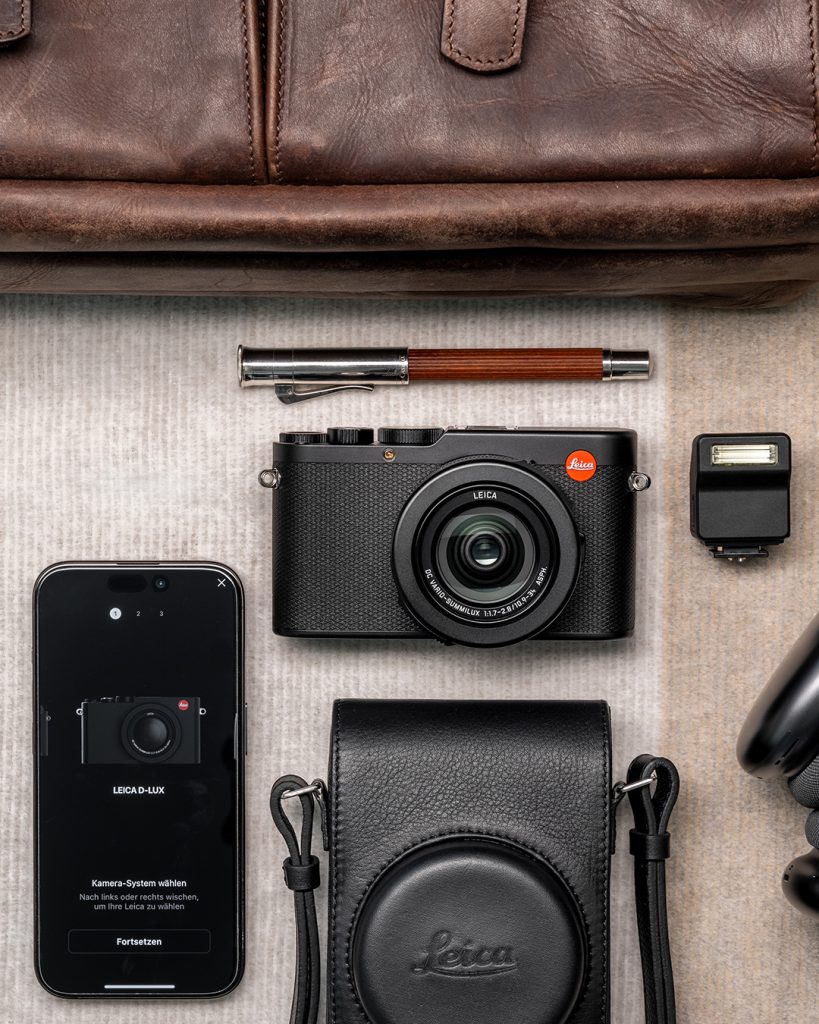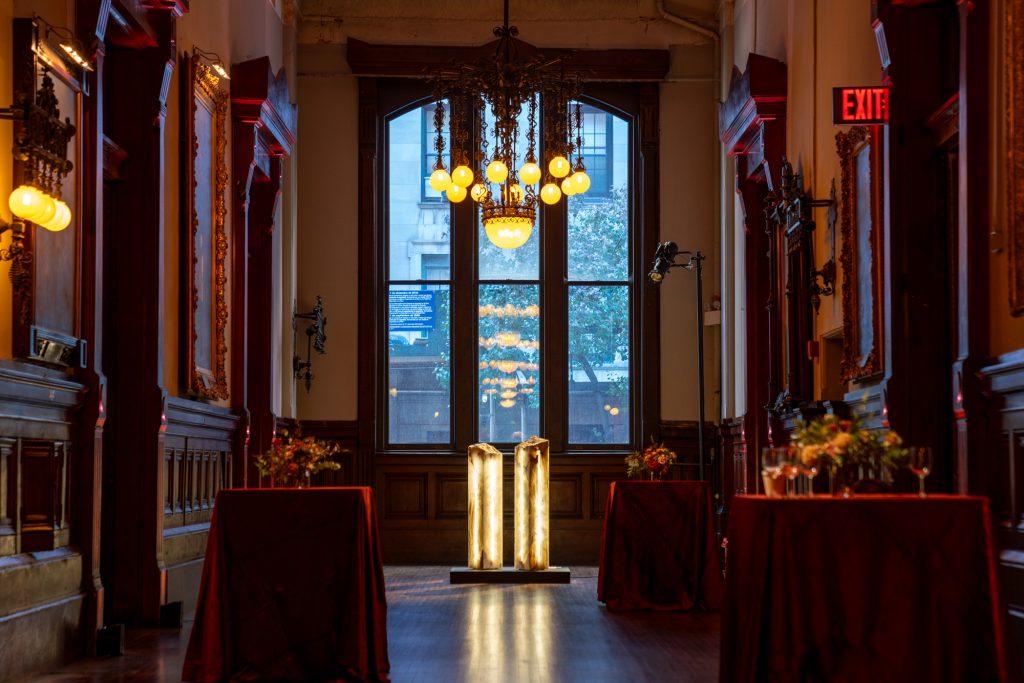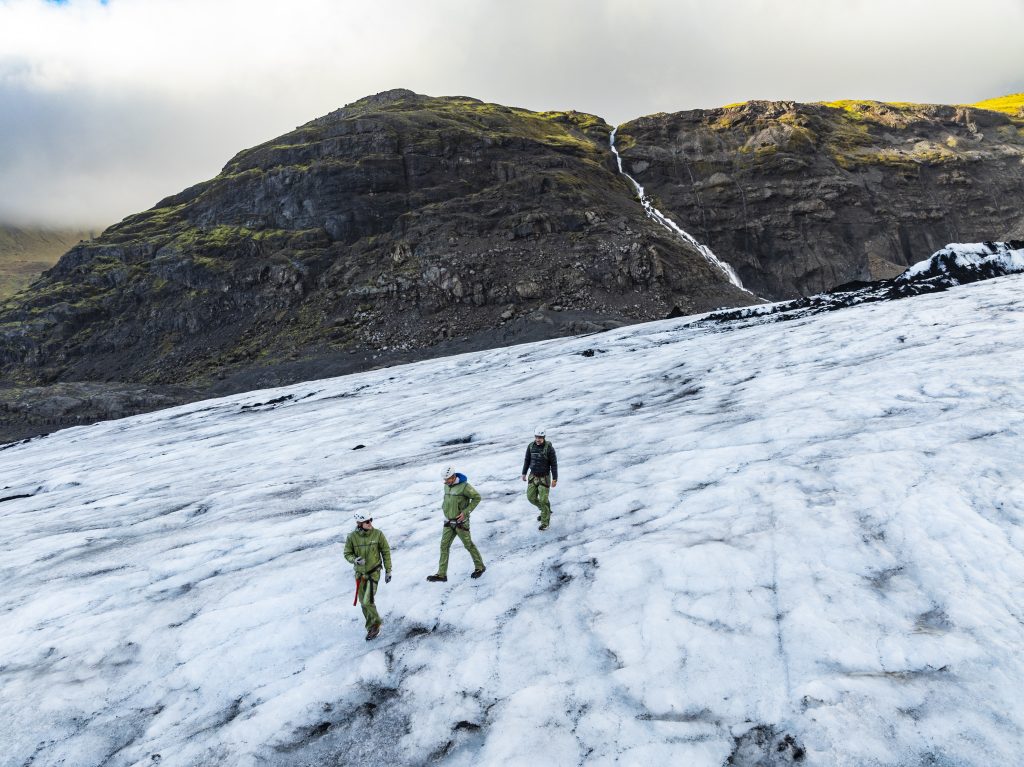Aboard the 2getthere Autonomous Shuttle
In a pilot program at the Brussels Airport, the shuttle is an example of realistic autonomy

Dutch-based 2getthere has been producing autonomously driving shuttles long before the concept became popular in the car industry. There’s been a lot of hype surrounding autonomous driving, but we’re still a long way from a safe, practical, and widely used application. In the meantime, 2getthere believes development of their shuttles for public use provides a realistic move toward autonomy.

“Dedicated lanes are the best first step in the road to autonomous vehicles. It allows us to continue developing these technologies, while gaining public trust of these systems,” says Wolf-Henning Scheider, CEO of the major automotive supplier ZF—who acquired a majority stake in 2getthere this year. The company was encouraged by 2getthere’s autonomous shuttle technology currently being used. In fact, their first-generation autonomously operated shuttle has racked up more than 67 million miles over a 20-year span in Rotterdam, Netherlands.

Even the brand’s first shuttles, two decades ago, were using a LiDAR system that could detect real objects from “ghost” objects—such as rain, snow, or falling leaves. The newer shuttles use an advanced combination of sensing and perception systems similar to the technology we’re seeing in the newest cars. These include 3D-camera systems, LiDAR, radar and ultrasound systems that have classification capability. It’s this mix that’s especially important as the shuttles are used in increasingly complex situations.
We recently hopped aboard 2getthere’s newest shuttle, near Dresden, Germany, to experience the technology in use. On a track inside the Lausitzring complex, we boarded and rode the shuttle to a building about a mile away. The shuttle can accommodate up to 22 standing passengers, or eight seated individuals. Doors can open on both sides, as we saw on the prototype. The shuttle has a range of 31 miles, and a top speed of 25mph. It is capable of being charged at stops, and it can recharge up to 80% in just 11 minutes. While it was a sunny summer day when we rode along, the shuttles can be used in many weather situations, such as rain and snow.

Interestingly, the shuttle has four-wheel steering, meaning it can—as we observed—perform a sort of slow-motion drift, to angle and maneuver more precisely into spots. There’s a bit of noise while in transit on our prototype ride, something that will likely be worked out when the second-generation shuttles begin operations in several upcoming destinations, including the Brussels Airport.
The company is currently testing a pilot project at the airport, and will launch a dozen shuttles for public use, and on public roads at the airport beginning in 2021. The software is also currently in use in a Southern California theme park, shuttling 60 to 80 passengers daily in the park’s custom vehicle. (While they are tight-lipped on whether it’s Disneyland or Universal Studios, because of contractual agreements, we can confirm it’s one of the two major parks.)
The shuttles are also in use in Masdar, United Arab Emirates, as well as other locations around the world. While cars have a long way to go toward full autonomy, ZF and 2getthere believe the more limited shuttle use on public roads can both help develop these systems, while also building public trust in them over time.
Hero image courtesy of 2getthere












